When does fall feel official? Maybe it’s that first sweatshirt. Or the first woodstove fire.
There’s just something about that first Celebration IPA. Its citrus, pine, and malty caramel usher in the season.
And it’s a milestone for the beer: 40 years of fresh hops. Celebration’s premiere in 1981 blazed a path for “holiday beer” to stand pure — all hops, no spice.
The recipe hinges on racing hops from the field and into the kettle, but what are the actual logistics? How fresh is fresh?
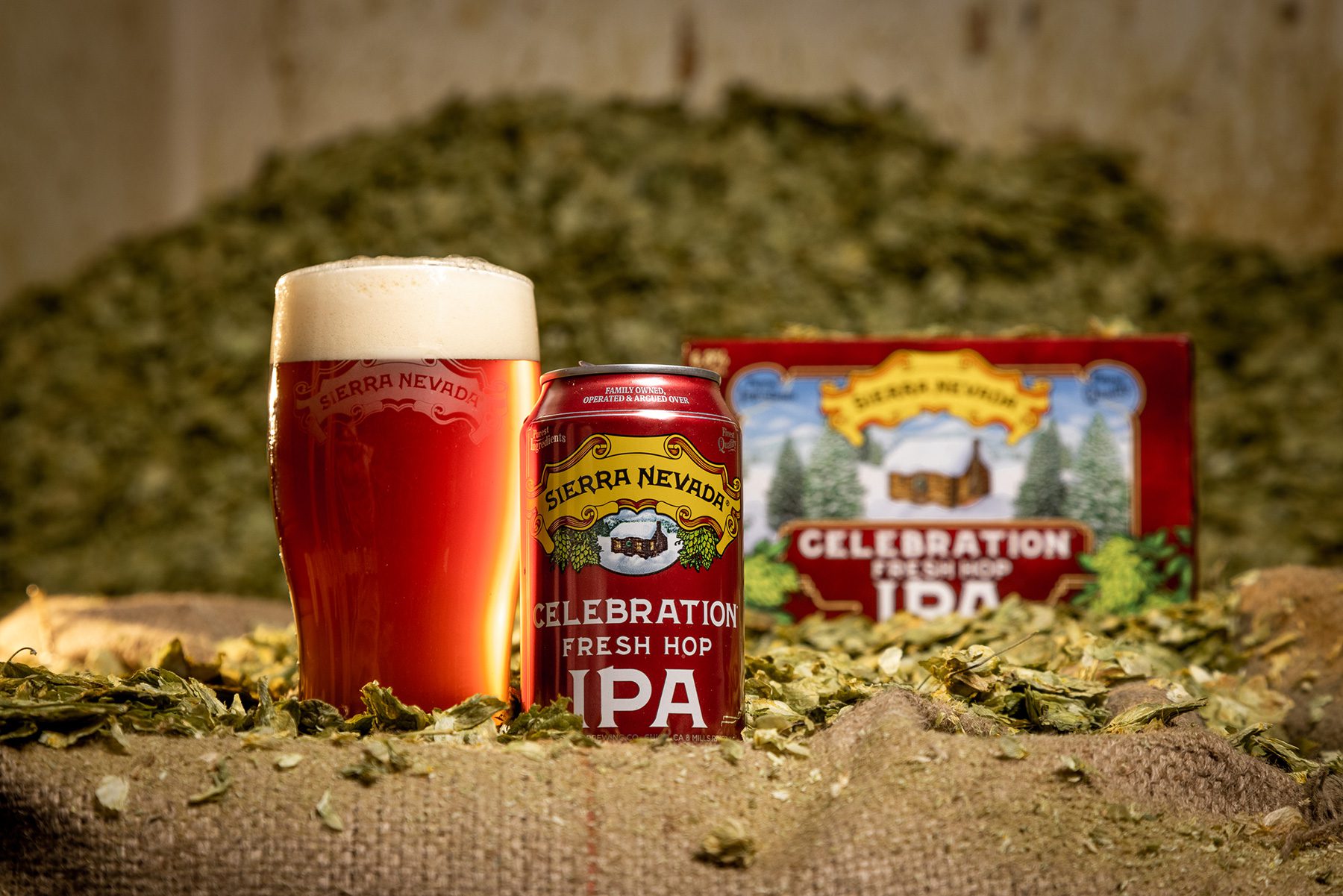
Tom Nielsen, our R&D and Raw Materials Manager, helps lead a dedicated hop-selection trip for Celebration; he and a sensory team, which includes our brewery founder Ken Grossman, focus only on Centennial and Cascade varieties.
And after having to do 2020 Celebration selections remotely during the pandemic — all by mail, at least 20 hop samples overnighted to the brewery — we went all-in on this September’s visit.
“I tripled our efforts this year,” Tom said. “We need to make up for a year, and we’re not going to just double our efforts. So we had probably the most intense trip to the Pacific Northwest for Celebration that we’ve ever had. And it was great.”
The three-day marathon started in Washington. The team flew to Seattle on September 1, climbed into a van, and drove southeast to the Yakima Valley.
“The Yakima Valley is divided into three sections,” Tom explains. “In the north you have Moxee, which is the highest-density hop growing area in the world.”
And Moxee, he says, is the Centennial jackpot for Celebration. That first day, we visited three different farms, sampling Centennials in all stages of production — on the staging floor, in the drying kiln, and sealed in 200-pound bales.
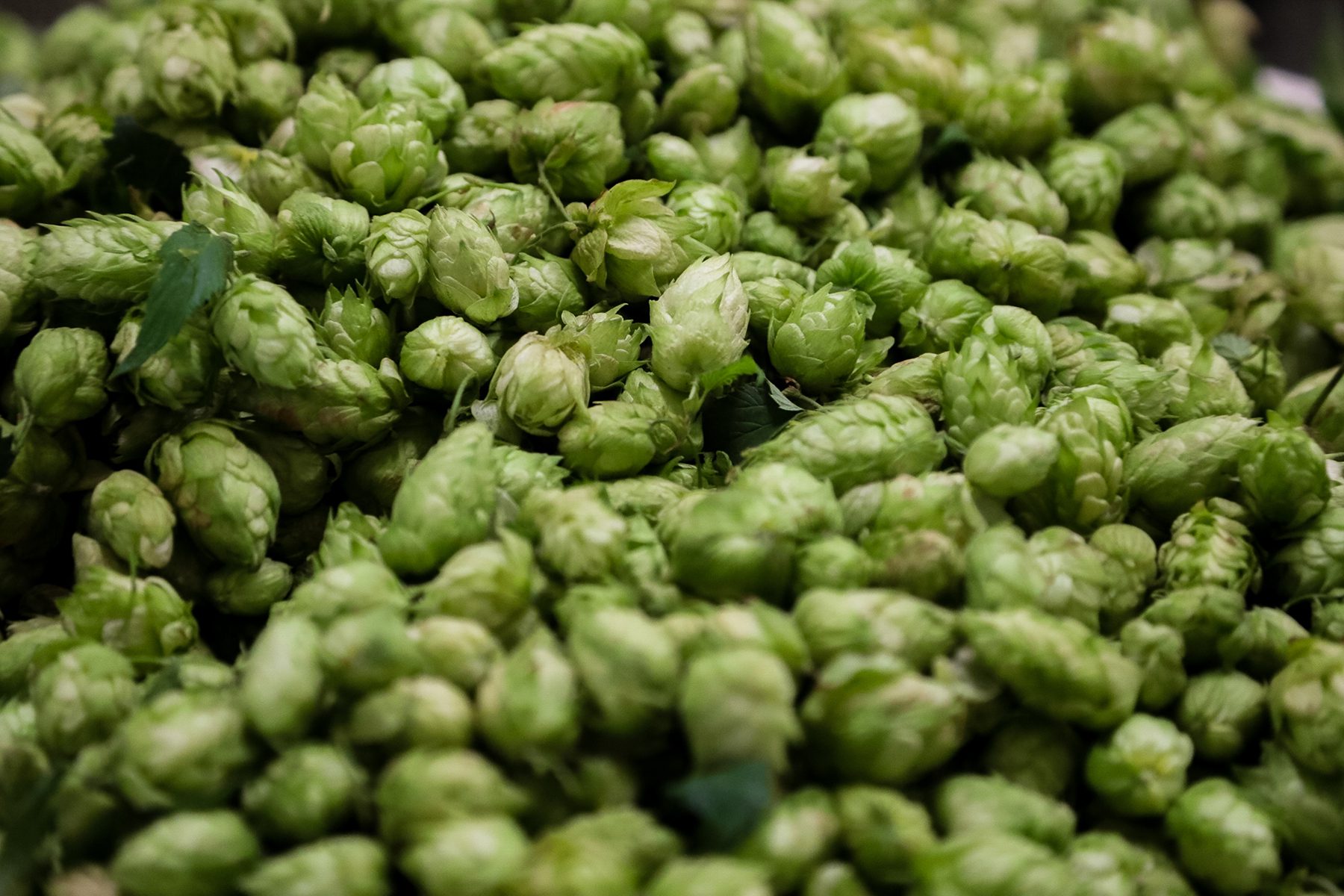
“Then maybe a third of [all Centennials] are still being picked that day or will be picked tomorrow and the next day,” Tom says.
That means we’re also in the fields, rubbing hops on the bine to analyze their aroma potential in real-time. Pivotal changes can take mere hours.
“Centennial is the best example of a variety that goes from having very little aroma, to a small window of like perfect aroma, to onion and garlic — straight up, over the top.”
That perfect Centennial aroma, Tom says, is a pronounced rose note. And that first day, we found two ideal lots. But the third lot needed its beauty sleep.
“We went right back to one of these farms just to see how the next 12 hours of production was,” Tom says, “because we weren’t actually 100% satisfied that first day. So we went back the following morning at like 8:00 a.m. and actually found something that was pretty spectacular.”
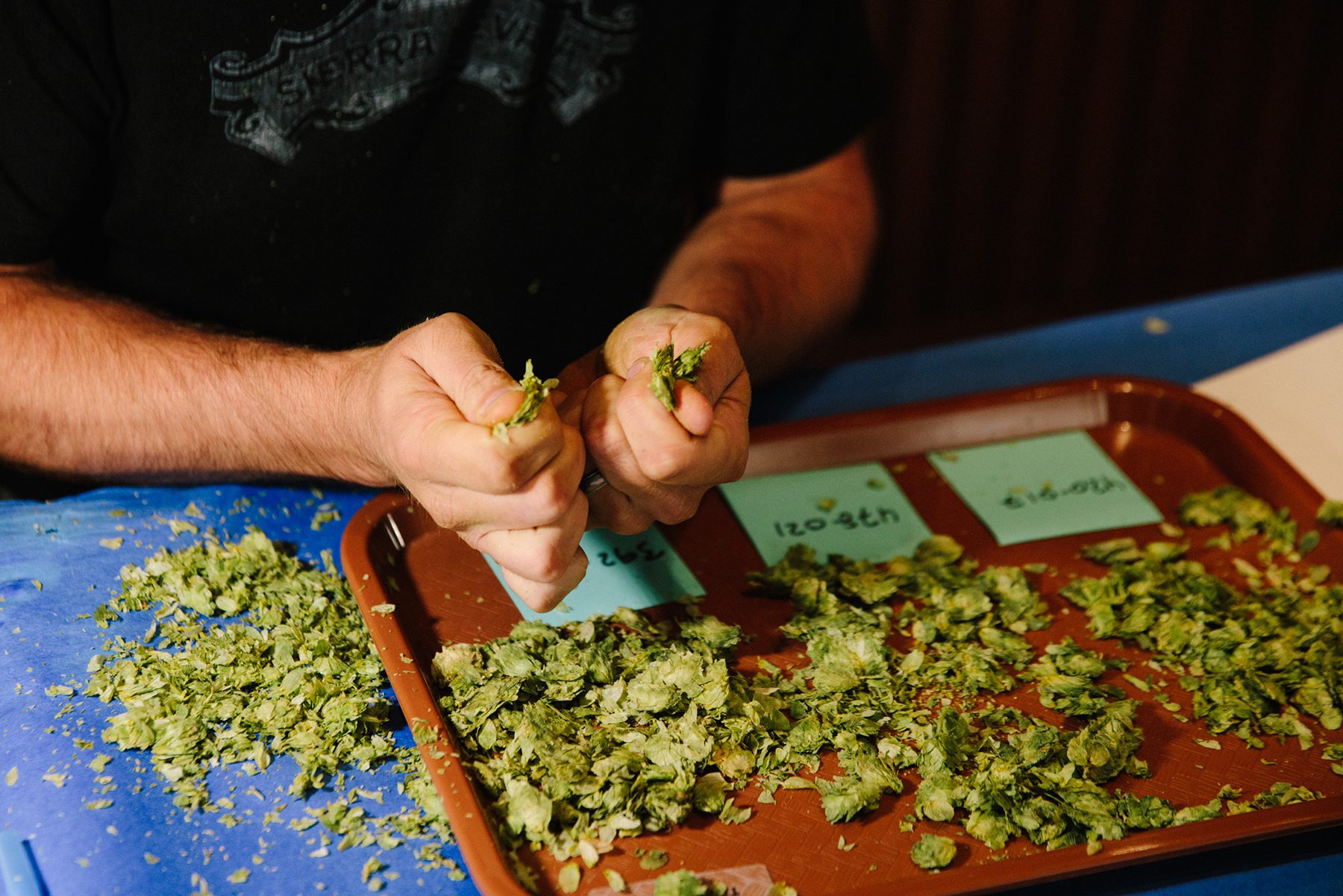
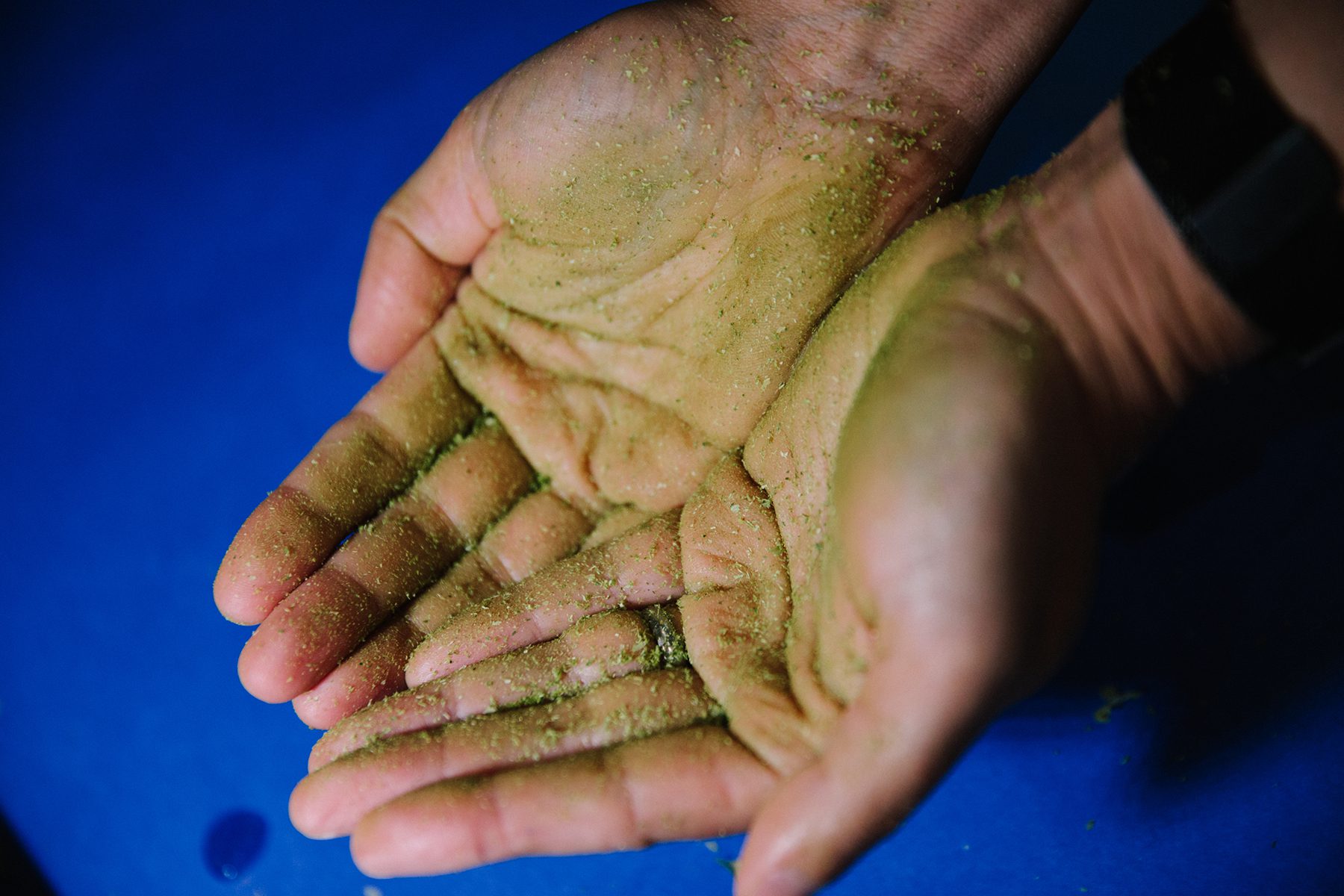
From there, the team drove farther south to check out three more Washington farms — some compelling hops, but no clear winners.
Nearly through day two, it was time for us to change gears.
“It’s the Cascade that can really break Celebration,” Tom says, so the 4.5-hour drive into north-central Oregon brimmed with anticipation.
Over the years (that is, decades) we’ve found that Cascade hops tend to peak — that precious balance of citrus and pine — just a few days earlier in Oregon. And with the inflexible brewing timeline of Celebration, that head start matters.
“If there’s one of these years where it’s just cool [weather] and nothing ever develops,” Tom says, “you may not get a good Cascade until like the 15th [of September] no matter what you do.”
Three Oregon farms later, on that critical third day, we had our prime Cascades. Now the clock starts ticking.
After that Labor Day weekend — when freight trucks largely halt — the hops hit the highway. We coordinate one refrigerated truck to our brewery in Chico, CA, and one truck to our brewery in Mills River, NC.
“So a truck will swing by a farm maybe in Moxee and grab all the Centennial,” Tom says, “then go to the second spot and grab the rest of the second variety, and then haul it to Chico.”
And this is hefty cargo: about 140 bales per truck, or 28,000 pounds. The typical split is 90 bales of Cascade and 50 bales of Centennial.
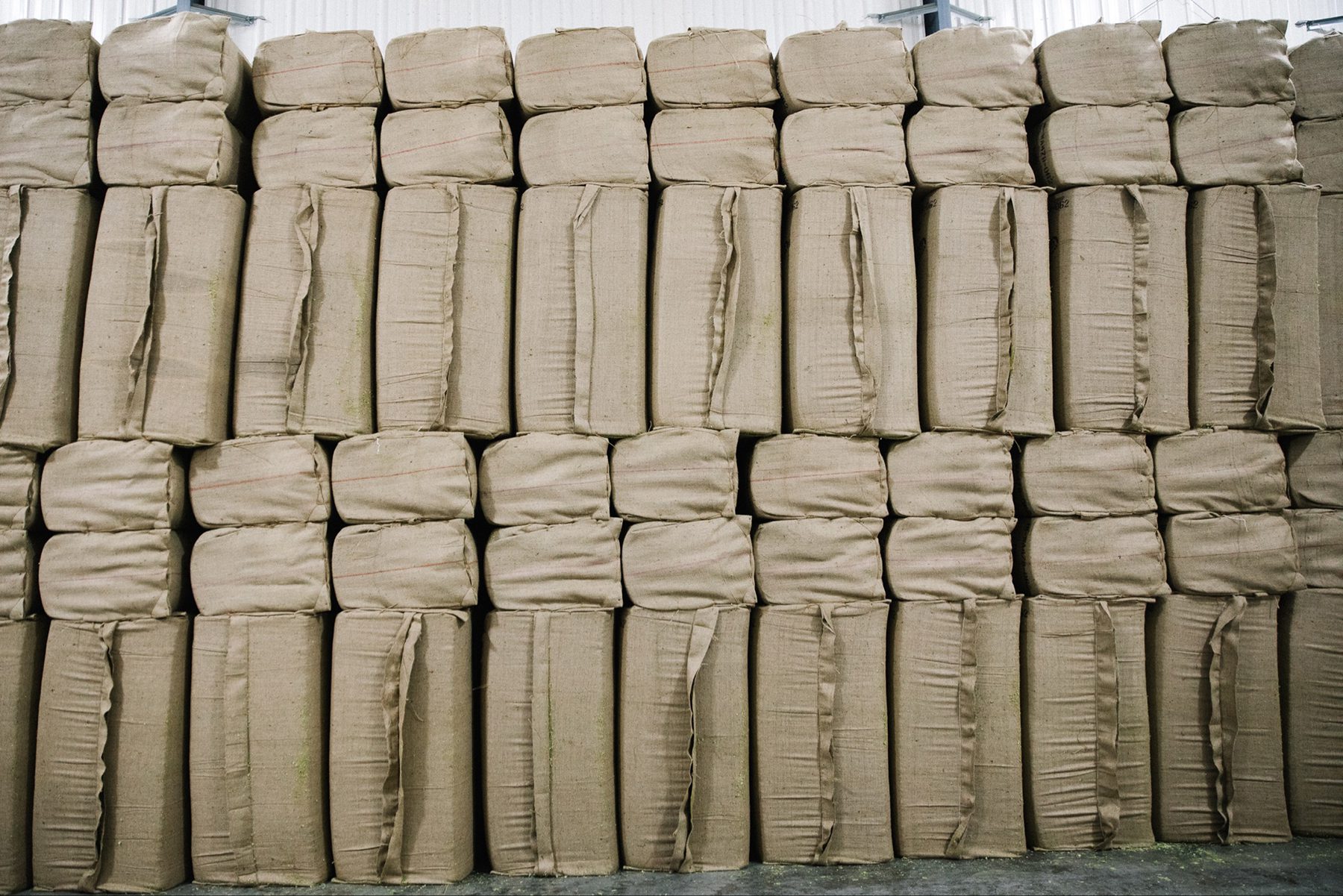
The hops arrive same day in Chico, while it takes 2–3 days to land on the East Coast. Each brewhouse is waiting, ready to make it official: let the Celebration begin.
“So the oldest hops going into that first batch of Celebration are still just less than a week [from harvest],” Tom says, “and the youngest ones could be two days.”
Once it’s in tanks, is it hard to be patient?
“Absolutely. One hundred percent. There’s no doubt,” he says. “All of us are just waiting for when it gets chilled.”
Someone, anyone, rallies the team once it’s time, about two weeks later. Samples flow from the fermentation tank, and now — only now — does autumn commence.
“It’s so drinkable,” Tom says. “A magical balance of hop intensity, sweet maltiness, and that Chico yeast ester goodness.”
Find Celebration IPA, now in cans, at your local stores. Each 6-pack looking festive like a gift ready to be opened.




